Growth of Adventure Tourism
Adventure tourism is emerging as a prominent driver within the travel tourism market, appealing to thrill-seekers and outdoor enthusiasts. Activities such as hiking, rock climbing, and white-water rafting are gaining popularity, particularly among younger demographics. Recent statistics indicate that adventure tourism accounts for approximately 20% of the overall travel tourism market in the US, with an annual growth rate of 15%. This growth is fueled by a desire for unique experiences and a connection with nature. As travelers increasingly seek adrenaline-pumping activities, destinations that offer such experiences are likely to see a boost in visitor numbers. The travel tourism market is thus adapting to this demand by promoting adventure packages and eco-tourism initiatives, which not only attract tourists but also support local economies and conservation efforts.
Increased Domestic Travel Demand
The travel tourism market is currently experiencing a surge in domestic travel demand, driven by a growing preference for local experiences. As individuals seek to explore their own country, the market has seen a notable increase in short trips and weekend getaways. According to recent data, domestic travel spending in the US reached approximately $1 trillion in 2025, reflecting a 10% increase from the previous year. This trend indicates a shift in consumer behavior, where travelers prioritize convenience and accessibility. The travel tourism market is likely to benefit from this trend, as more individuals opt for road trips and local attractions, thereby stimulating economic growth in various regions. Additionally, the rise of remote work has allowed individuals greater flexibility in travel planning, further contributing to the increased demand for domestic travel experiences.
Rising Interest in Wellness Travel
Wellness travel is becoming a key driver in the travel tourism market, as more individuals prioritize health and well-being during their trips. This trend encompasses a range of activities, including spa retreats, yoga workshops, and holistic health experiences. Recent surveys indicate that approximately 30% of travelers are seeking wellness-focused vacations, reflecting a growing awareness of the importance of mental and physical health. The travel tourism market is responding to this demand by offering specialized packages that cater to wellness-oriented travelers. As the focus on self-care and rejuvenation continues to rise, destinations that promote wellness tourism are likely to attract a diverse clientele, thereby enhancing their appeal and economic viability.
Emergence of Sustainable Travel Practices
Sustainability is increasingly becoming a focal point within the travel tourism market, as travelers express a preference for eco-friendly options. This shift is driven by a growing awareness of environmental issues and a desire to minimize the carbon footprint associated with travel. Recent studies indicate that approximately 60% of travelers are willing to pay more for sustainable travel options, suggesting a significant market opportunity for businesses that prioritize eco-conscious practices. The travel tourism market is adapting by promoting green initiatives, such as carbon offset programs and sustainable accommodations. As consumers become more environmentally aware, the demand for sustainable travel experiences is likely to grow, influencing the strategies of businesses within the industry.
Influence of Social Media on Travel Choices
The impact of social media on the travel tourism market is profound, as platforms like Instagram and TikTok shape consumer preferences and travel decisions. Travelers are increasingly influenced by visually appealing content, leading to a rise in destinations that are 'Instagrammable.' Data suggests that approximately 70% of millennials are inspired to travel based on social media posts, indicating a significant shift in how travel choices are made. This trend has prompted businesses within the travel tourism market to enhance their online presence and engage with potential customers through targeted marketing strategies. As social media continues to evolve, it is likely that its influence will grow, compelling destinations to adapt their offerings to meet the expectations of a visually-driven audience.


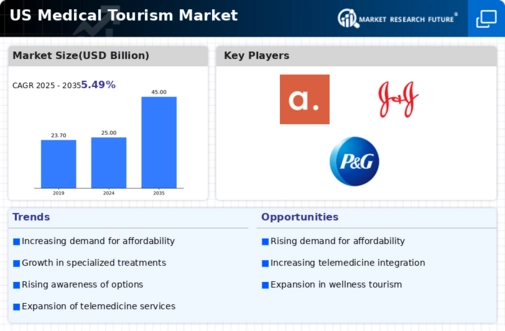
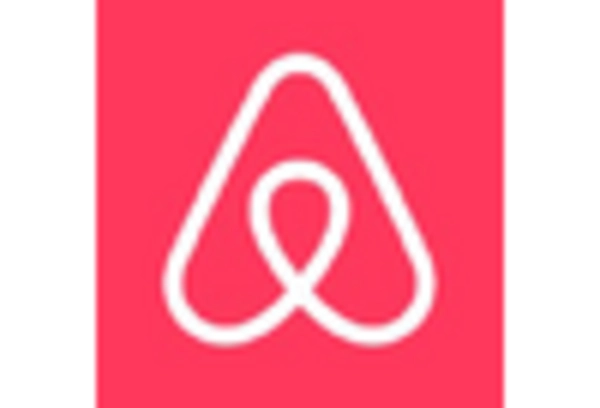
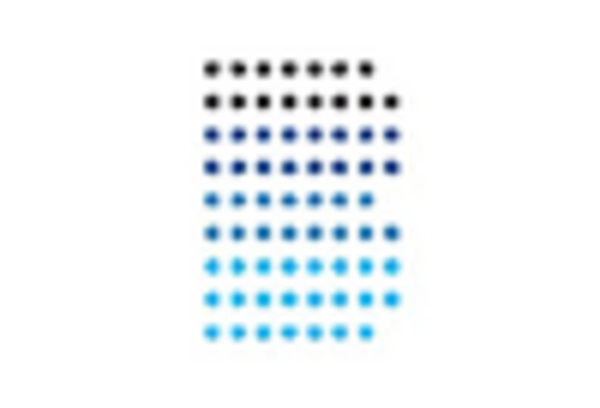

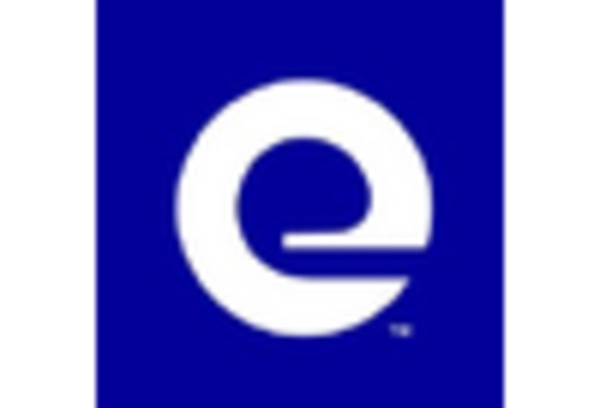
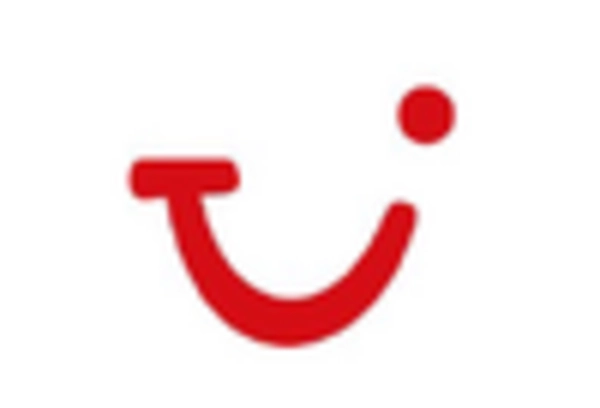









Leave a Comment